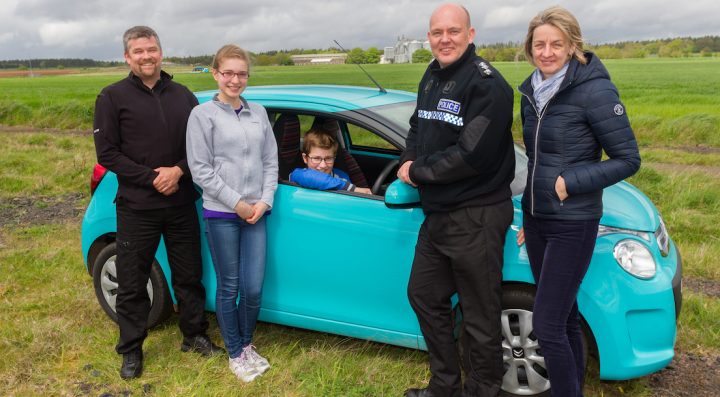
Zero tolerance on drink driving, additional hazard perception training and graduated forms of licensing should become the norm for young drivers.
These targetted safety measures are need to help tackle the disproportionate risks faced by young drivers and motorcycle riders in Europe, according to the report Young Europeans Acting for Road Safety.
The YEARS report highlights the fact that more than 3,800 young people aged 18-24 are killed each year on EU roads – the biggest single cause of death for this age group.
According to the report by the European Transport Safety Council and the UK Parliamentary Advisory Council for Transport Safety, young people continue to face a unique combination of factors that leads to a higher rate of collisions and deaths.
Young riders are particularly at risk, with deaths for moped riders peaking between the ages of 15 and 17 and for motorcycle riders between 18 and 24.
Biological and social changes between the ages of 15-25 affect the risk perception of young people, according to the report.
A lack of experience on the road also means that they are worse at anticipating and reacting to hazards, and less aware of how best to drive and ride in particular road conditions and situations.
| A range of impairments and distractions affect young people, linked to increased social activity, greater exposure to alcohol and drugs, the influence of peer-age passengers and the effects of fatigue. In-car distraction from mobile devices is also a problem. Young people tend to drive smaller and older vehicles. These cars often have a lower crashworthiness star rating, and lack the safety technologies featured in newer models. The use of seat belts and protective clothing is also poor amongst young people. The UK has a good overall road safety record but as in many other European countries, young motorcyclists and drivers form a disproportionately high percentage of deaths. Most other countries in Europe do not allow young people to drive unsupervised until they are 18. They also have longer periods between beginning to learn to drive and driving solo, which allows young people to build up more driving experience before taking their test. In the UK the minimum solo driving age is 17. | The UK has also been leading the way when it comes to hazard perception testing and telematics based insurance for young drivers. The report makes a number of key recommendations for urgent action including:
|
Commenting on the report, David Davies, Executive Director of the Parliamentary Advisory Council for Transport Safety said, “The scale of death and injury involving young drivers and riders is a tragedy. They continue to make up a disproportionate number of road casualties – in the UK and across Europe. We need policymakers to commit to introducing proven measures that can help reduce this risk.
| “The UK has led the way in Europe in aspects of improving the safety of young road users, including hazard perception testing and telematics-based insurance. PACTS welcomes the current proposals by the Government and DVSA to change the driving test and improve motorcycle training. “More however, could and should be done. This is particularly important as the UK is one of the few countries in Europe where 17 is the driving test age. We need to find ways to encourage young drivers to use safer cars, and to get more experience and hazard perception training before taking the test. We can also learn from our others countries which have lower drink-drive limits for novice drivers and ways to encourage or require drivers to get more experience before taking the test. “Traffic law enforcement of speed, seat-belt wearing, mobile phone use and drink/drug driving are particularly important to the safety of young road users. The reduction in police enforcement is very worrying.” | After Direct Line’s own statistics revealed that one in four teenagers crash in their first year, the insurer is launching a new app called Shotgun. Shotgun is a free iOS and Android app promoting safe driving for new, young motorists by encouraging them to test their road skills and rewarding great road handling via a host of high street stores and services. The app makes use of GPS technology to track each car journey and then scores the different elements of the user’s driving, allowing them to earn points based on their overall performance. These points unlock different levels of rewards. Users will be given feedback on their driving, giving them the tools to improve and win even more rewards. |

